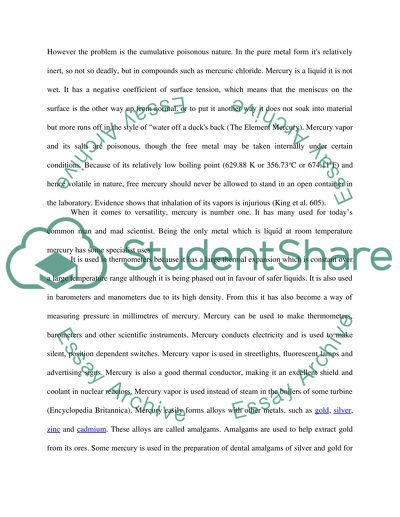Cite this document
(“Periodic Table Essay Example | Topics and Well Written Essays - 750 words”, n.d.)
Retrieved from https://studentshare.org/miscellaneous/1523132-periodic-table
Retrieved from https://studentshare.org/miscellaneous/1523132-periodic-table
(Periodic Table Essay Example | Topics and Well Written Essays - 750 Words)
https://studentshare.org/miscellaneous/1523132-periodic-table.
https://studentshare.org/miscellaneous/1523132-periodic-table.
“Periodic Table Essay Example | Topics and Well Written Essays - 750 Words”, n.d. https://studentshare.org/miscellaneous/1523132-periodic-table.


